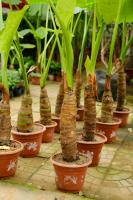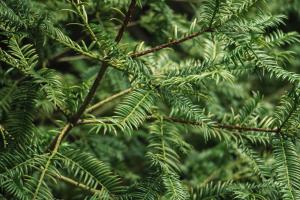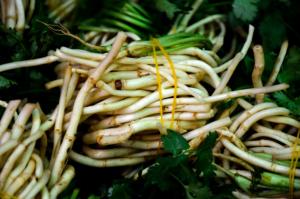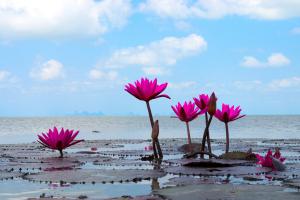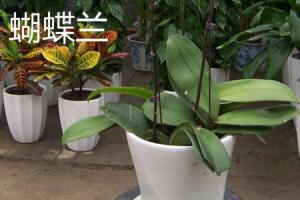1、 Curing method
1. Temperature: it is better to be between 15 and 28 degrees. Too high or too low will cause harm to it, and sometimes even threaten its health. Therefore, try to be below 30 degrees in summer and above 10 degrees in winter

2. Light: it has high requirements for sunshine. Too dark environment will lead to its overgrowth, and its leaves will wilt. However, strong sunlight should also be avoided. Generally speaking, it can provide astigmatism in spring and autumn, and put it in a cool place in summer. In winter, full-time photos are generally available

3. Watering: it is very afraid of waterlogging and cannot be very dry for a long time. Keep the substrate moist in spring and autumn, spray water while watering in summer, and try to keep it dry in winter, but don't do it at all when the temperature is appropriate

4. Fertilization: first of all, base fertilizer is very important. In addition, topdressing can only be used in spring and autumn, usually once or twice a month

2、 Breeding skills
1. Reproduction: the method of leaf cutting can be used for reproduction, that is, the way of selecting its robust leaves as materials for reproduction. This method can be used in spring and autumn. In addition to selecting appropriate leaves, there must also be a good substrate. When inserting, pay attention to the depth. After that, keep the temperature and humidity suitable and block out the strong light

2. Changing pots: for such meat, changing soil once a year is the best. Generally speaking, flowerpots do not need to be replaced unless the plants grow very vigorously, resulting in insufficient space. When changing pots, try not to hurt the main root, but the rotten root can be cut off

3、 Problem diagnosis and treatment
1. Disease: after watering too much, it will lead to "root rot", which is easy to occur when the humidity is very high. Generally speaking, the effect of using metalaxyl and oxazoline is better. In addition, it is best to take measures such as pruning rotten roots

2. Insect pests: if the breeding method is incorrect, there will also be diseases and pests. For example, "scale insect" and "red spider" are very common, which can be controlled with Omethoate and other chemicals

4、 Other issues
1. Toxicity: it is a kind of non-toxic meat, which will not be harmful to human body

2. Whether it can be raised at home: it's very suitable. Almost all the meat is good to watch at home

 jackfruit
jackfruit snake plant
snake plant hibiscus
hibiscus hydrangea
hydrangea lavender
lavender Green roses climb al...
Green roses climb al... If you don't pay att...
If you don't pay att... Management of four g...
Management of four g...
